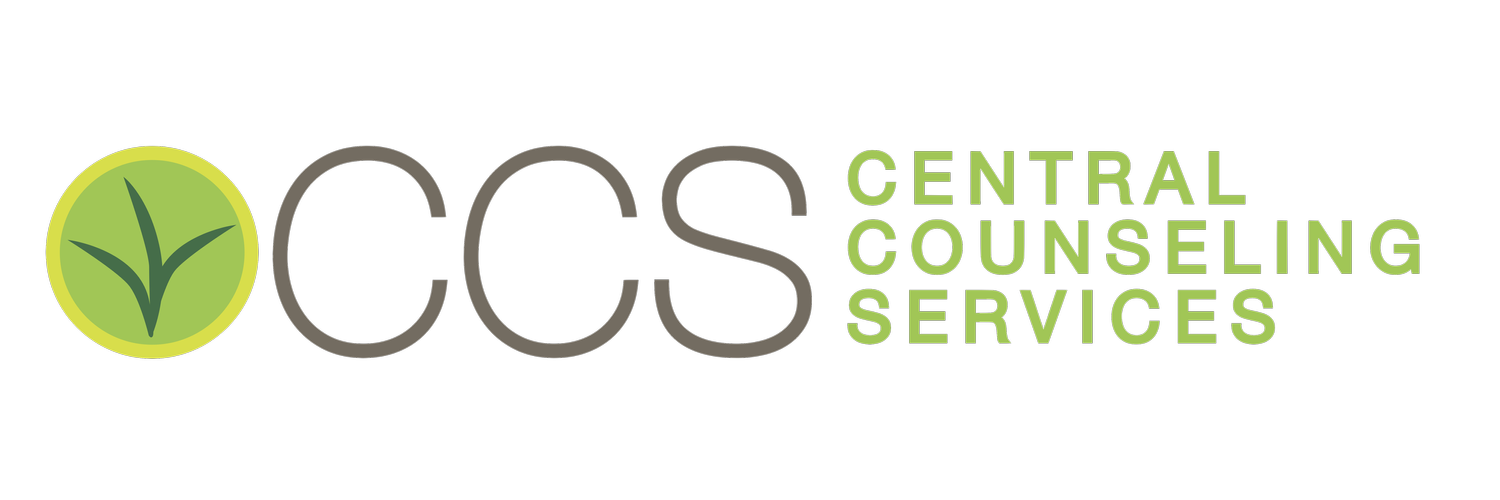Blog


Insomnia: The Struggle Within
Tired, like all of the time, because you just can’t sleep. Anxious, stressed, and unsure where to turn? If you struggle with insomnia, you’re not alone. Insomnia is one of the most common disorders in individuals. With all of today’s stress, at least 25 % of adults and children struggle with getting a good night’s sleep. We’ve got some handy tips & tricks for getting better shut eye.

Change Your Attachment Style, Change Your Life!
This is the one we all are searching for and hope for. This is an understanding of healthy relationships.

The Super Power of Hugging
What if I told you that you have a superpower right at your fingertips? What if this superpower improved your overall physical and mental health, reduced stress and anxiety, lowered your blood pressure, and improved your communication? What if you only needed to use this superpower a few moments a day, every day, to achieve these results? Sound too good to be true? Well, read on to learn how to use your superpower!

Preparing for the Posts Ahead and FOMO: How to Deal with the Fear of Missing Out as We Begin Festival Season
All generations are now familiar with social media – from creating and sharing posts about their weekend adventure to sharing the next up-and-coming restaurant that just popped up. It is without a doubt that we all feel the excitement to share with our family, friends, and followers on the most exciting times of our lives, however have we ever taken the chance to reflect on that feeling that we are missing out on events, festivals, opportunities that others share on their feed?

Save a relationship by using these ‘Fair Fighting Rules’.
As you are probably well aware, the last few years have been difficult due to so many occurrences happening in the world. Political issues, COVID-19, so many different losses in everyone’s life, not to mention all the different viewpoints related to all these topics

Do your friends tell you you need a therapist?
Nora discusses the struggles and emotions that come along with being visually impaired and wants others to know they aren't alone. It is important to face these challenges and she helps clients combat them by using tools and different coping skills to fight them once and for all. Nora advocates for those struggling and provides a therapeutic safe space with no judgment to help clients live their best lives.

Accidents Happen to All of Us
It is important to remember we are sometimes overtaken by our intense pain, both physically and emotionally, that it is easy to overlook the good and where we can improve our own environment to support healthy functions.

The Meaning of Life: Less Intimidating Than It Sounds
Ultimately, we can’t prevent all bad things from happening to us, and we can’t avoid pain and loss forever. But experiencing terrible things feels… well, terrible. So, if part of the human experience is accepting the reality of pain and loss, what’s an ordinary human to do about it? How can we find a sense of purpose or meaning in the midst of a pandemic, war, political unrest, chronic illness, or anything else we might face in life?

Gratitude: How To Find It And How To Use It
Whether your difficulties preceded or were brought on by or during the pandemic—from health, grief and loss, depression, anxiety, stress, and financial problems, to work-related, family, and relationship issues—you are NOT alone! The important thing to remember, no matter which difficulties resonate, is that we are here for you and can help. Finding gratitude in your every day can also help.

For The Love of Fido: Pets and Your Mental Health
The benefits of owning a dog (or any pet) are well documented. Reduction in high blood pressure, increased immunity, manageable cholesterol levels, and a lowered risk of heart disease are just a few of the physical health benefits that Fido and Fluffy bring to your life.

Have You Gotten Boosted For Self-Esteem?
Oftentimes, the focus is given to low self-esteem rather than high self-esteem. People are encouraged to esteem themselves higher and think positively when it comes to their sense of self. How do you know where you lie on the self-esteem spectrum?

Evolving and Having Hope for the New Year
The COVID-19 pandemic has disrupted everyone’s sense of stability, structure, and sense of control, yet again. This long-drawn-out time of uncertainty, combined with the social distancing that keeps us away from family, friends, and normal activities, has taken a significant toll on us physically, emotionally, spiritually, and psychologically. However, there is hope for the New Year, and this blog can help you nurture it.

Creating My Best Self in 2022
Changes are more likely to become part of your routine when you are motivated and are consistent. Strike while the iron’s hot and set yourself up for success as soon as you have made the decision to do so. Even if you have a setback or two, picking yourself up and dusting off will allow you to reset and make any day a new beginning. My challenge to you is not to wait for a New Year’s Day or any other arbitrary day to begin making a positive change in your life.
